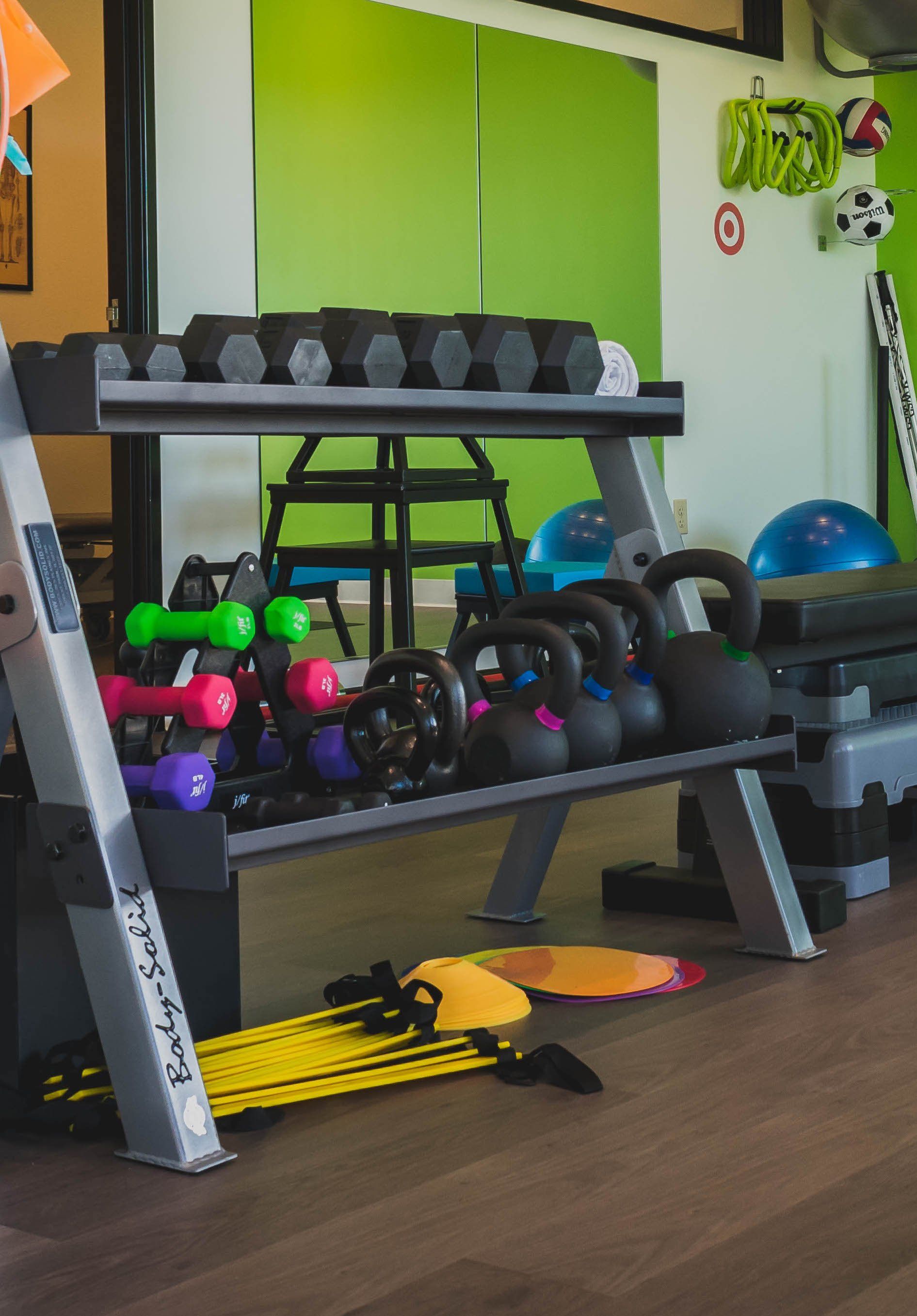TMJ
Temporomandibular Joint Dysfunction Treatment (TMJ)
The temporomandibular joint, which connects the jaw to the side of the head, is one of the most used joints in the body. Because of the heavy usage of the joint, temporomandibular joint dysfunction (TMD or TMJ) can cause pain and stiffness. It’s extremely common in the United States, with the prevalence of TMJ estimated between 3 to 12%. It has been suggested that a quarter of the population will experience some TMJ related symptoms in their lifetime. TMJ can severely impact people’s ability to live fully, including their work life. Roughly 18% of people with TMJ will have to miss work as a result of TMJ. It’s estimated that 17,800,000 days per year are lost for every 100,000,000 working adults due to TMJ in the United States.
Common TMJ Symptoms & Causes
TMJ Symptoms:
• Pain in the jaw, face, neck and upper back
• Joint sounds or clicking and popping noises when moving the jaw
• Dizziness or headaches
• Ringing in the ears
• Difficulty with opening or closing the jaw
• Difficulty chewing
• Sensitive teeth
It is important to note that some of these pain symptoms occur in more concerning conditions such as heart attack. Symptoms of a heart attack are commonly accompanied by chest pain, shortness of breath, dizziness, nausea, and left arm pain or numbness. If you also have a history of high blood pressure or previous heart issues, it is important to see a medical doctor immediately.
Common Causes Of Pain:
• Clenching and grinding the teeth (bruxism)
• A misaligned bite
• Trauma to the jaw or face
• Poor posture
With stiffness to the point that the mouth is unable to open and close, or with severe degeneration of the bone around the jaw, surgery might be considered as an option. Most patients do respond successfully to conservative treatment methods such as TMJ physical therapy. Surgery is usually only reserved for people who have extremely advanced TMJ that will not respond to other treatment types.
Self-Test For Jaw Joint Dysfunction
First, it’s necessary to find your neutral head posture. Stand in front of the mirror in a natural posture with your head tilted neither up nor down.
Neutral Head Posture:
• Create a shelf of 4 fingers of one hand under your chin.
• Your pinky finger should be under your chin and your pointer finger should touch your Adam’s Apple or general cartilage in that area.
• See where your chin falls on your hand.
• If your chin touches the pinky finger (move it up and down to assess), your head is too far forward.
Once your head is in a neutral position, put the tip of your tongue on the roof of your mouth behind the two front teeth. Open your mouth as wide as possible while keeping your tongue in place on the roof of your mouth. Watch the your mouth while you open it. If you have dysfunctional movement, the jaw will move out of midline alignment for a moment and come back in, similar to making a skewed S curve. Check if you tilted your head back in order to open your mouth. If you did, that movement is irregular and could be a sign of TMJ.
TMJ Recovery With Physical Therapy
The ideal treatment plan will usually include dental and physical therapy interventions. To successfully treat TMJ, there has to be alignment between the the mouth area, including your teeth, and the joints and neck area surrounding your jaw. Dentists will assess and treat dental causes of TMJ such as bruxism (i.e. teeth grinding) or misaligned teeth. Physical therapists will work to create a treatment plan to correct possible musculoskeletal imbalances. The aims of TMJ physical therapy are to relieve pain, minimize stiffness in the jaw joints, and restore normal mobility and flexibility around the mouth and jaw.
- Common dental treatments: Use of methods such as a night guard, maxillary splint (i.e. type of guard), or an orthodontic appliance such as braces.
- Manual therapy techniques: Joint mobilizations will restore proper motion of the jaw by breaking down restrictions (i.e. scar tissue) and increasing range of motion around the joints.
- Upper spine analysis: A physical therapist can also determine how your upper spine is influencing the positioning of the muscles in your neck and ultimately the joints in your jaw.
- Postural training: The head can lean forward with poor posture which can overstretch the ligaments and tissues surrounding the jaw. Corrective exercises will prevent and relieve pain in your neck and jaw due to postural imbalances.
- Muscle Relaxation: Training in conscious jaw relaxation that may include breathing exercises.
